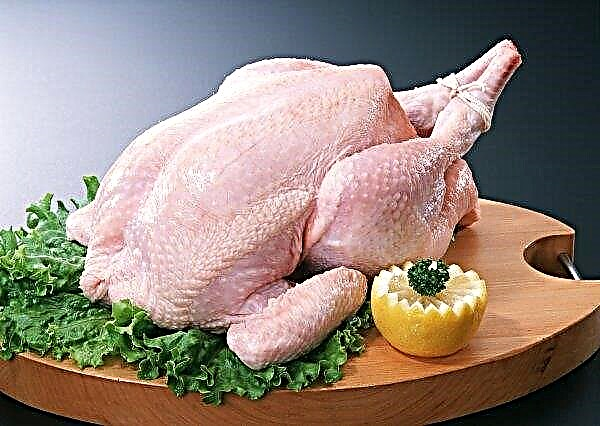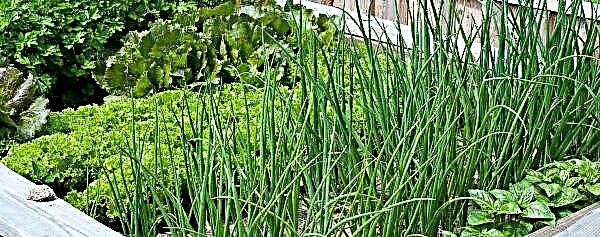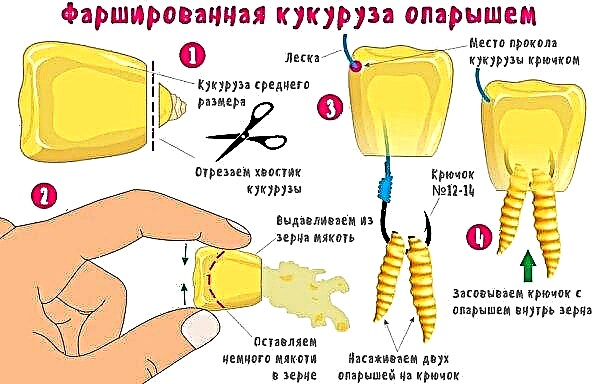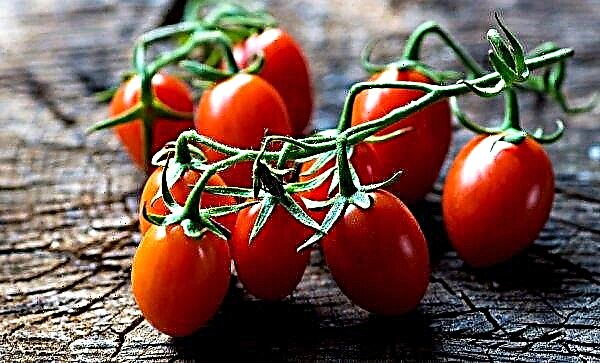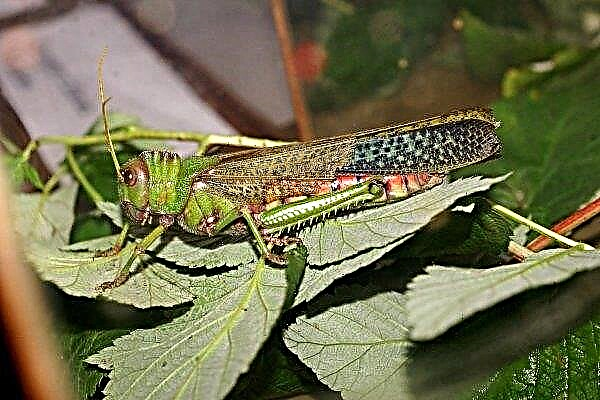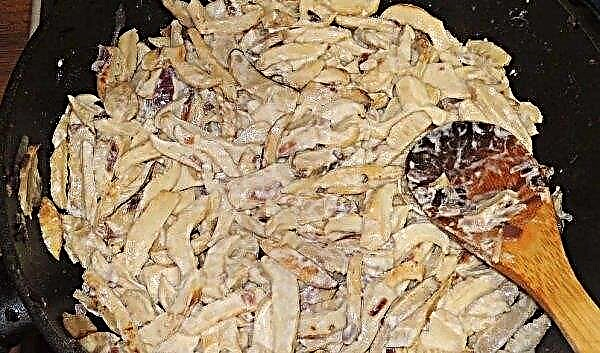People involved in agriculture often come across recommendations not to plant related plant crops from year to year on the same beds, as well as about choosing the optimal predecessor when planting a particular plant. Why adhere to this advice, what is crop rotation and what role does it play in growing radishes, you will learn from this article.
Basic crop rotation rules
Crop rotation is a scientific research-based alternation of plant crops in the garden, taking into account time and place or only time. This means that every 2 years in the same area should be planted different plants.
This is necessary to achieve several goals:
- So that pathogens and harmful insects do not accumulate in the soil and to prevent their mass reproduction.
- So that toxins that leave certain vegetable crops do not settle in the ground.
- To prevent soil depletion.
- For stable and high yields.

You can achieve the above goals if you grow vegetables in accordance with the following crop rotation rules:
- Do not plant the same plants or related crops every year on the same plot.
- To return plants no previous place no earlier than 3-4 years.
- Do not produce annual sowing of vegetables that suffer from the same diseases and are affected by the same harmful insects.
- When planting, take into account the demandingness of the plant for the content of certain nutrients in the soil.
- After crops having a superficial root system, sow those that have deep roots, and vice versa.
Did you know? The largest radish in the world weighing 10 kg was able to grow Israeli farmer Nissan Tamir. The record holder is listed in the Guinness Book of Records.
What to plant after radish
Radish belongs to the family Cruciferous (Cabbage), is a root crop, demanding on fertility and weakly depleting the soil. They usually try to plant it one of the first in the garden to get a crop by the end of spring - early summer. And this means that the beds are empty after early harvesting, and they can be taken under the cultivation of any other vegetable to obtain fruits by autumn. Choose the next plant for planting is necessary correctly.

According to crop rotation recommendations, radishes are a good precursor for such crops:
- beet;
- a tomato;
- carrot;
- pepper;
- eggplant;
- watermelon;
- melon;
- spinach;
- chard;
- grapes;
- wild strawberries.
Planting of cucumbers, zucchini, squash, squash, potatoes, legumes, and greens is also allowed.
Important! In order to adhere to the rules of crop rotation, the summer resident should draw up a graphic plan of the site on which to annually note which crops are grown on the beds, and draw up a rough plan for subsequent plantings.
Is it possible to plant dill and garlic after a radish
Most often, in the summer cottage after freeing up a place from under the radish, greens and herbs are grown. Dill, parsley, lettuce have different diseases and pests with the described culture, so they can be safely planted on the same beds. Thus, you can have fresh greens on your table already from July and throughout the summer.
But for garlic, radish is an unacceptable predecessor. It can be infected with diseases and harmful insects left in the soil. For planting this plant, it is better to choose the beds where legumes, cucumbers, zucchini, squash, siderata used to grow.

What should not be planted after radish
The main requirement of crop rotation is not to plant after the radish plants of the Cruciferous family, giving root crops and affected by common diseases and harmful insects. Therefore, for planting in the area where the described plant previously grew, they are not suitable:
- cabbage;
- bow;
- garlic;
- turnip;
- celery;
- Cress salad.
And we should not forget that radishes can be returned to the same site only after 3 years.
Did you know? Radish is one of the vegetables grown in space to study its genetic characteristics. Scientists have concluded that it can be used by man during long interplanetary flights.
Preparation of beds for sowing
To successfully plant radishes, you need to prepare a place in the fall. The area for sowing should be chosen smooth, well-lit, sheltered from drafts.
Fertilizers should be applied under digging to a depth of 30 cm. It is better to use organics. For 1 m², 2-3 kg of humus or compost is required. In the spring, several weeks before sowing, phosphorus-potassium fertilizers should be applied. Another option for autumn dressing: half a bucket of humus + 20-30 g of potassium salt + 40-50 g of superphosphate.
 The best soil for this plant is loose, fertile, loamy or loamy, with neutral or low acidity.
The best soil for this plant is loose, fertile, loamy or loamy, with neutral or low acidity.
After the radish has been removed, if another planting is planned this season, the site should be cleaned of plant debris and remaining roots and digged. If necessary, fertilize the beds with urea and compost. It is also necessary to produce hydration. Then leave the soil to rest for a few days, and preferably weeks.
Then plant radish
The most successful crops will be in radishes planted after such crops:
- legumes (peas, lentils, beans);
- melons;
- potatoes;
- cucumbers
- Tomatoes
- Strawberries
- Pumpkins
- pepper;
- eggplant;
- celery.
Sowing after beets, onions, garlic, herbs, strawberries is also allowed.
Important! The worst precursors for radishes are cabbage, carrots, and spinach.
Thus, in order to prevent the development of diseases and the spread of pests, depletion of the soil and to achieve high yields, radishes should be sown on the site, adhering to a certain sequence and taking into account favorable predecessors. After the radish, you should not plant root crops. Cultivation of leaf, fruit and bean cultures is allowed.


